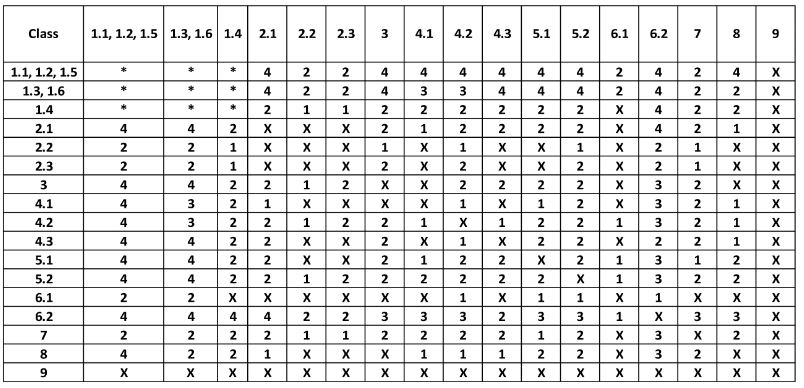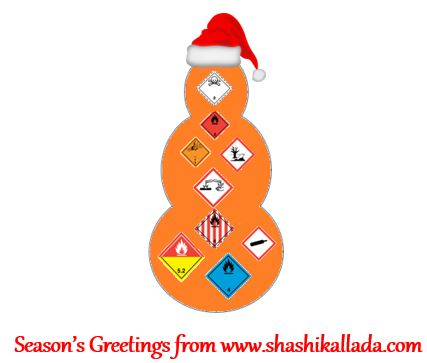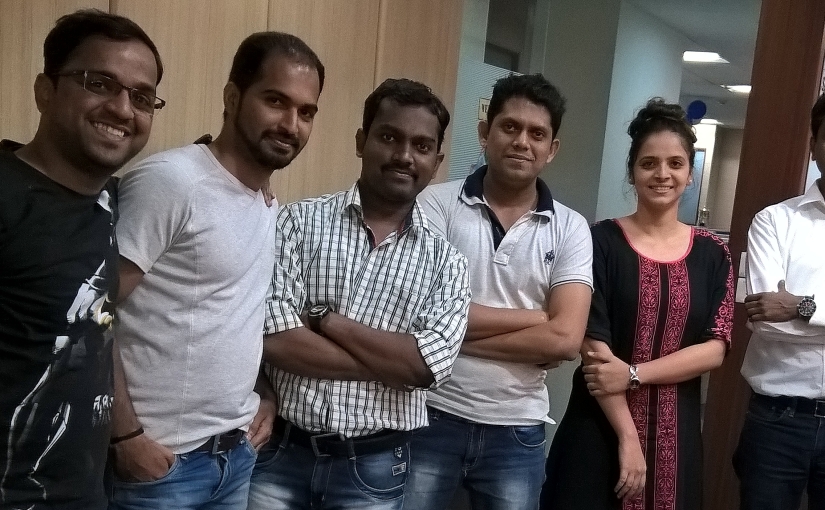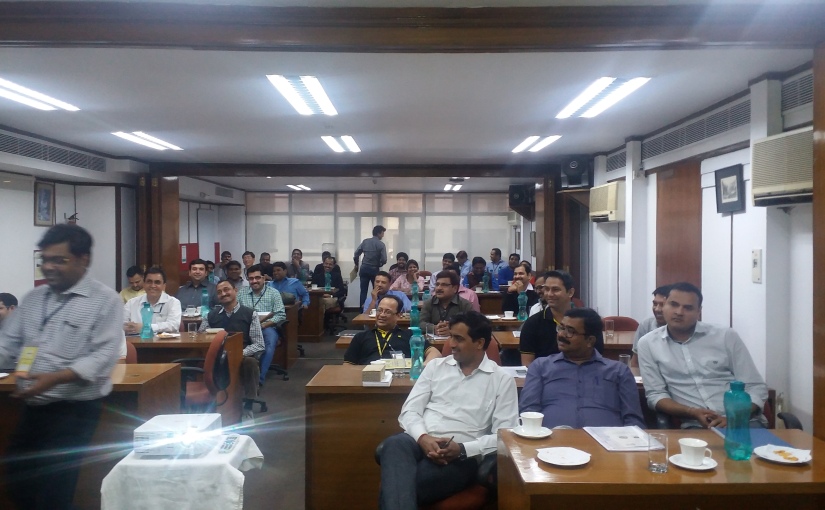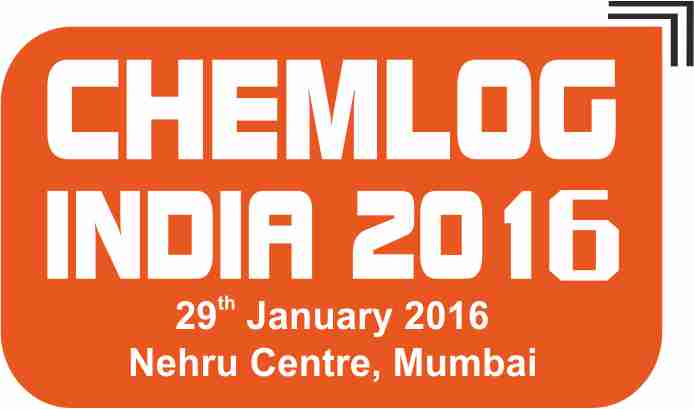The biggest blasts took place as police and fire fighters arrived at the scene in the town of Tultepec. Emergency workers are among the casualties.
Author: Shashi Kallada
7 clues that Game of Thrones is really about hazmat shipping — Labelmaster Blog
Every Sunday night, millions of people worldwide gather to watch a show about kings, queens, dragons and Class 3 hazmat. Yes, it’s Game of Thrones, and it’s the greatest show about Dangerous Goods ever created. What’s that? You don’t think Game of Thrones is about hazmat shipping? Here are seven uncanny similarities that will prove…
via 7 clues that Game of Thrones is really about hazmat shipping — Labelmaster Blog
Difference between pre-carriage and on-carriage
The difference between pre-carriage and on-carriage needs to be understood very clearly by the exporter, importer, shipping line, forwarder, clearing agent, insurance and everyone else involved in order to ensure that the relevant roles, responsibilities, costs and risks are clearly defined..
To read more click on Difference between pre-carriage and on-carriage
Three Steps to Segregation – IMDG Code 37-14
From 1st January 2016 the 37th amendment of IMDG Code published in 2014 is in force.
Segregation of dangerous goods have different provisions like, general provisions, segregation inside containers, Segregation on container ships, Segregation on ro-ro ships, Segregation on general cargo ships, Segregation between barges on board barge carrying ships.
Click on image below to access general segregation table and take “Three Steps” to check segregation within a container.
Before checking the Segregation Table, you must be aware that there are;
- 280 intersections in Segregation Table with 56 conclusions
- 18 Segregation Groups
- 72 Segregation Codes
- 2820 entries in IMDG Code
- 761 entries assigned with Segregation Codes which may over rule the segregation table
- Additional Special Segregation provisions and exemptions
- Different Segregation Provisions for Class 1 Explosives
- And more
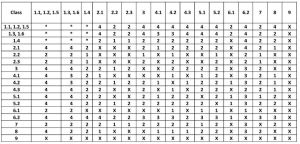
- To know whether two or more goods are permitted in the same container submit UN Numbers in below form
Correct your IMDG Code
ON 22nd May2014 The Maritime Safety Committee adopted the amendment to IMDG Code 37th amendment in accordance with article VIII(b)(iv) of the International Convention for the Safety of Life at Sea (SOLAS), 1974, as amended. When the clock strikes midnight on 31st December 2015 officially IMDG Code 37th amendment comes into force.
2015 witnessed fires on board container ships and the devastating Tianjin Explosions. When the investigations are over the results may fix the reasons or point to suspected smoking guns. Accidents do happen but on compliance to the regulations increases the possibility of accidents and swells the damaging effects of it many folds.
The only way to prevent or reduce the possibility of accidents out at sea while carrying packaged dangerous goods is by strict adherence to IMDG Code. This can only be achieved by properly planned and maintained initial and retraining programmes for all persons concerned with the transport of dangerous goods.
Another step is to correct the copies of IMDG Code with editorial corrections issued by International Maritime Organization. This is very important as certain typographical corrections directly relates to segregation, stowage and packaging.
The Errata and Corrigenda to IMDG Code 37th amendment issued in December 2015 can be downloaded at http://tinyurl.com/pl4lac8 . After downloading user must correct each section with pen and where necessary cutting and pasting the hard copy.
I wish all the readers a Happy, Safe and Successful 2016!
Season’s Greetings – 2015
Wish all readers a joyous holiday season and a wonderful new year filled with safety and success !
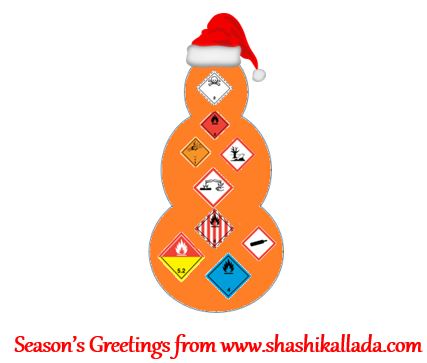
Nitrogen Blanketing – Tanks
There are two reasons for nitrogen padding or blanketing in tank containers. “Safety” & increasing product “Shelf Life”. In both the cases this is achieved by reducing oxygen level in tank. Basic composition required to start a fire is Oxygen, Fuel & Ignition source. Nitrogen padding removes or reduces the oxygen to such level to avoid possibility of ignition. Food industry use nitrogen padding to avoid oxidation and increase shelf life.
Why nitrogen? Nitrogen is widely used in padding as its inexpensively available. Carbon dioxide or argon can also be used for padding purpose however carbon dioxide may be reactive to certain cargo. Oil tanker ships employ inerting of cargo tanks. Inert gas supply to tanks can be done by scrubbing & cooling of flue gas from ship’s boilers. Reducing the ullage oxygen level achieves high level of safety in storage and during transport.
Lower explosive limit (LEL) is the lowest concentration of vapour or gas in air which can be ignited and Upper Explosive Limit (UEL) is the highest concentration of vapour or gas in air which can be ignited. Both LEL & UEL is measured in per cent. LEL & UEL may vary depending on the pressure and temperature. Hydrocarbon oil vapours may burn with less than 11% oxygen in air. Achieving oxygen level to below certain percentage for different cargo is necessary for correct inert condition.
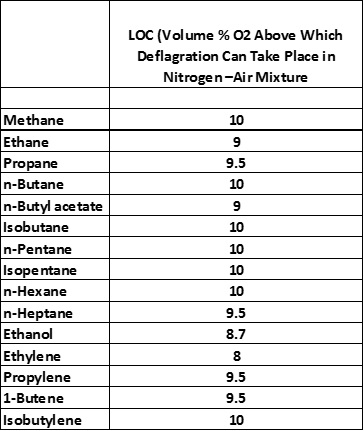
Flammability range of crude ethanol is LEL 3.3% to UEL 19%. To achieve inert condition for ethanol oxygen need to be limited to below 8% LOC (Limiting Oxygen Concentration).
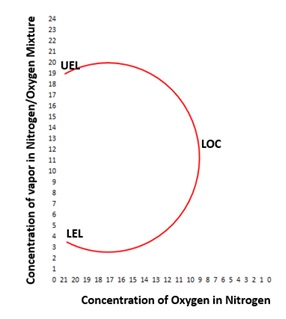
In ISO Tank containers purging the tank can be done by pressure or by mixing and venting. Purging by pressure require more nitrogen. Up to 6 x volume is required to achieve level of oxygen to 0.5%. In mixing and venting with 4 x volume change of nitrogen can achieve oxygen level to 0.4 %.
Loading under nitrogen blanket requires the tank to be pressurized with nitrogen then commence loading. While loading the addition of cargo will increase the pressure which can be maintained by operating airline valve. Correct safe operation procedure must be strictly adhered to while carrying out this operation.
Apart from safety nitrogen blanketing can increase the product shelf life by arresting oxidation. Nitrogen is used in blanketing edible oil to avoid rancidity, in wine shipments and in many other food grade products.
Dangerous Goods Workshop – UASC, India
UASC, United Arab Shipping Agency (India) Pvt Ltd, organized a Workshop for Safe Transport of Dangerous Goods by Sea under SOLAS & MARPOL Conventions. The two days workshop, held from 11th to 12th of December 2015, covered General awareness Familiarization + Documentation and Security Provisions under IMDG Code & chapter XI-2 of SOLAS 74, as amended, and of part A of the International Ship and Port Facility Security (ISPS).
Participants deliberated the current practices of industry against regulatory requirements of IMDG Code.
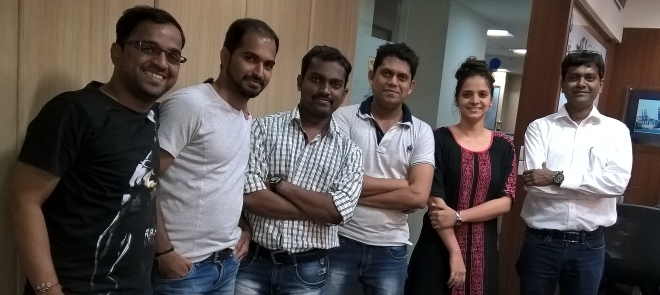
The workshop was conducted by www.shashikallada.com
NISAA Dangerous Goods Workshop at Delhi
The Northern India Steamer Agents Association or NISAA organized a two days Workshop on Dangerous Goods at Delhi on 20th 21st of November 2015. The organizers, NISAA, gathered 45+ delegates from various sectors of shipping industry, which included, Liners, CFSs, ICDs, Rail Operators & Forwarders under one roof deliberating latest Rules and Regulations for safe handling of Dangerous Goods in Multimodal Transport.
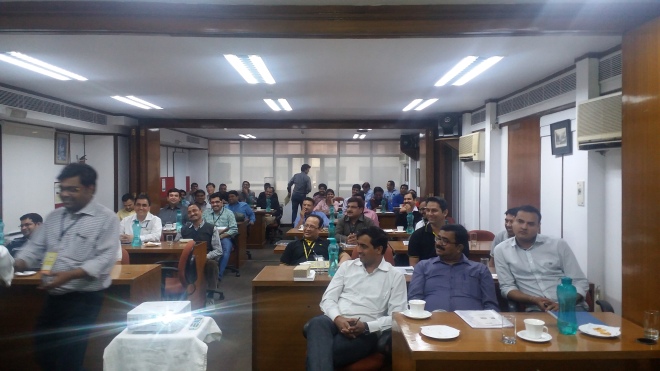
The workshop on IMDG Code, attended by 20 organizations under NISAA’s umbrella, was conducted by Shashi Kallada who explained basic regulatory frameworks of IMDG Code, International Rail, Road, River transport of packaged dangerous goods from shipper to consignee through rail, road, river haulage and carriage by sea under SOLAS, 1974, as amended & MARPOL 73/78 conventions of IMO and country specific differences of India’s Major trading partners such as U.S., U.K., EU, CIS, Japan, Korea, OECD & more.
Participants actively took part in discussions, deliberations and raised questions on day to day practice v/s regulatory norms for enhancing safety and simplifying the process for shipping, handling and temporary keeping of dangerous goods in their custody.
Shridhar Subramaniam, EC Member of NISAA together with Atul Sachdev Secretary of NISAA kick-started the program. The two days action packed event was concluded by certification of attendance hosted by Capt. Ajay Kaura, President of NISAA, who reiterated the importance of safe handling of dangerous goods in multimodal transport.
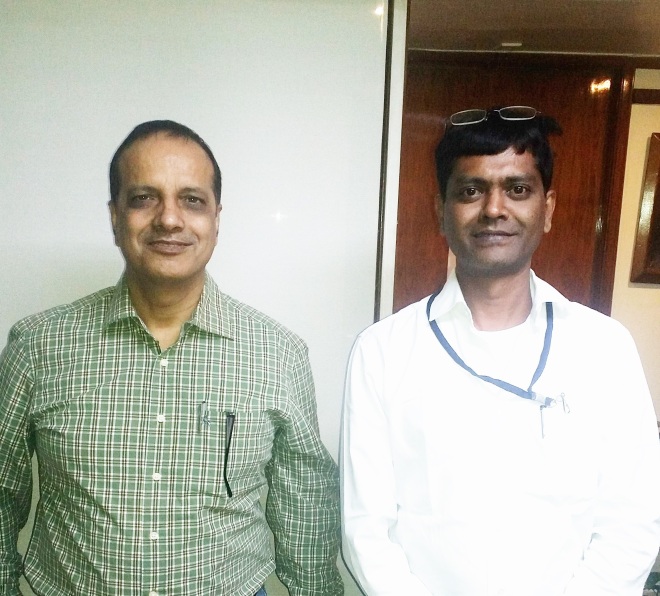
NISAA, took another major step in their continuous support to industry by organizing this event.
Organisations attended the workshop:
- Associated Container Terminal Limited
- ADANI
- ALBATROSS INLAND PORTS
- APM TERMINALS
- CCLP
- CMT
- Container Corporation of India Ltd.
- Continental Warehousing Corporation Limited
- GatewayRail Freight
- HYUNDAI MERCHANT MARINE
- INDIALINX
- K LINE
- KMTC INDIA PVT LTD
- KRIBHCO INFRASTRUCTURE
- MSC
- NYK
- SEAHORSE
- SHIKHAR LOGISTICS
- WORLDS WINDOW
- YML INDIA
